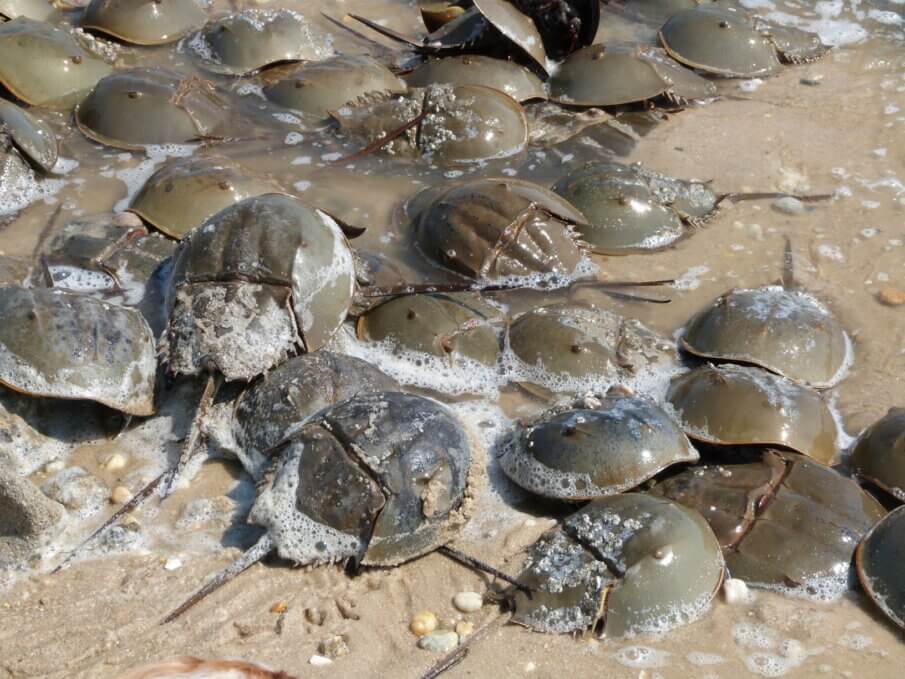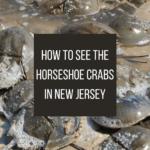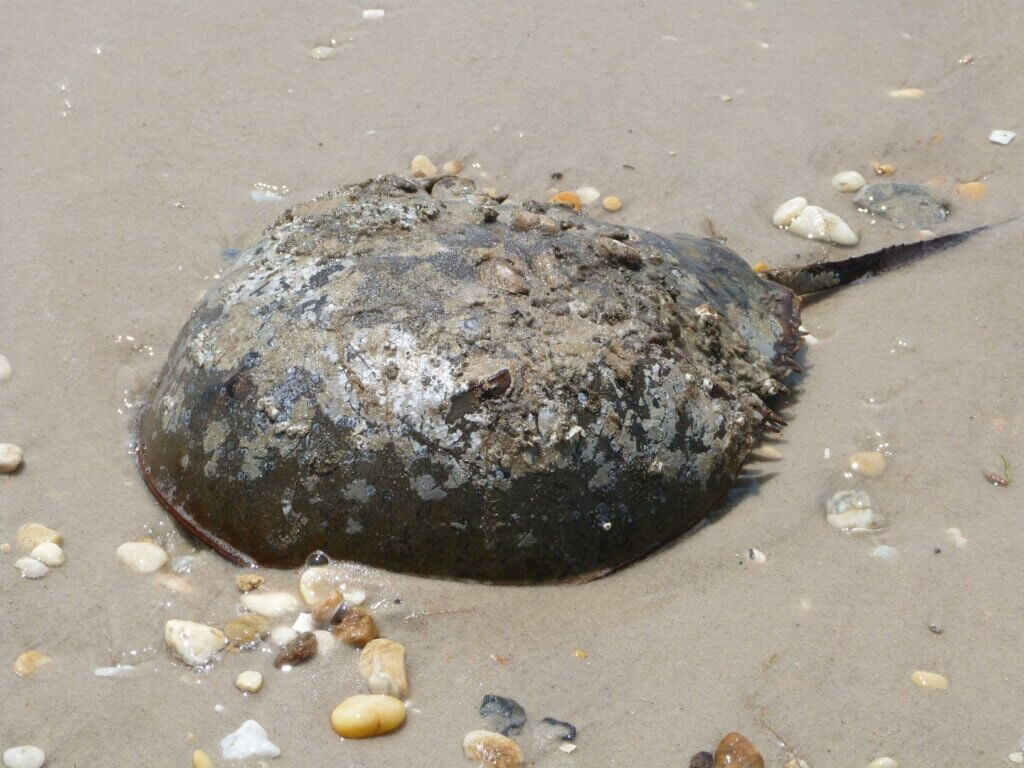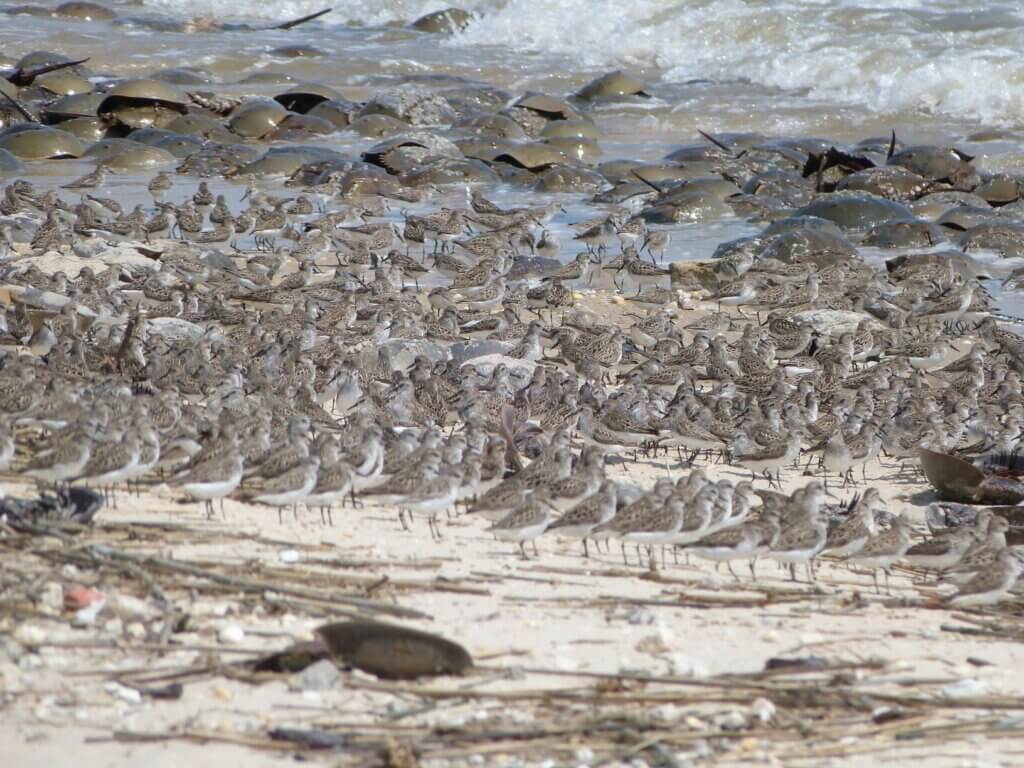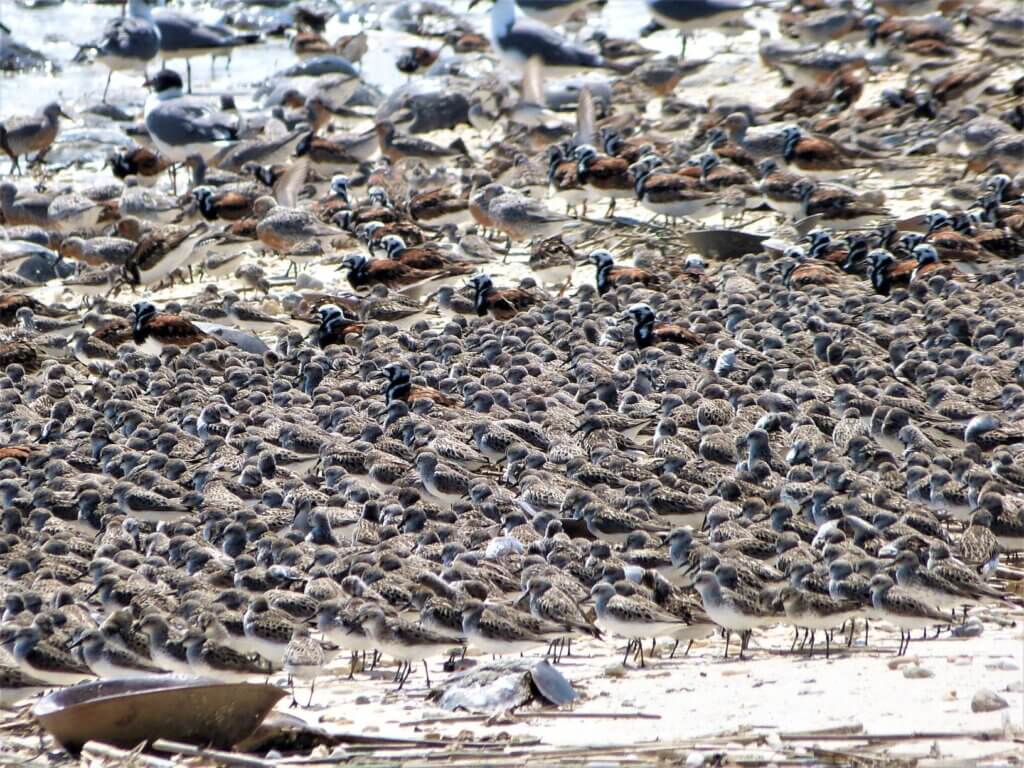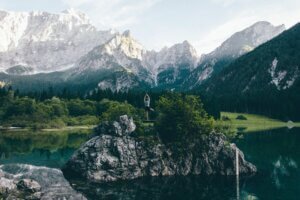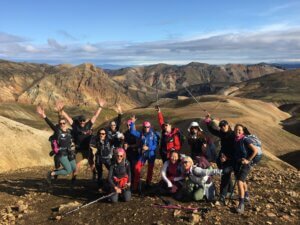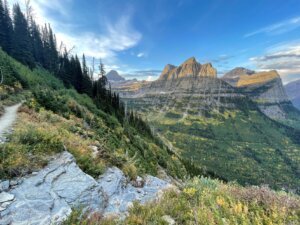Every year thousands of horseshoe crabs migrate up the beaches of southern New Jersey to lay their eggs. It’s an incredible yearly event and not only the chance to see these animals that haven’t changed throughout evolution but also an opportunity to spy some migratory birds, like the endangered red knot.
Here is everything you need to know to get the most out of your experience.
Horseshoe crabs – the facts
Horseshoe crabs have been around forever and are in fact older than dinosaurs. Yep, it’s true, older than dinosaurs. They even look prehistoric with their helmet like body. Fun fact, horseshoe crabs have 9 eyes! Nine eyes!
Incredibly, these animals utilize several different habitats depending on their stage of development. Their eggs being laid on sandy beaches in late spring to early summer when the adults come from the deeper waters of the Atlantic Ocean to the eastern shores of the United States.
They might eat worms and other bugs, but they are also an important food source for birds, reptiles and some fish. Few of the hatchlings ever make it to the larval stage before being eaten.
The main threats to these populations are habitat loss and overharvesting. Yes, we also utilize horseshoe crabs. For many years horseshoe crab blood has been used for testing vaccines. Even COVID-19. It has helped save millions of lives.
So, why horseshoe crab blood? Well, first off it’s bright blue. And I mean bright blue. It contains important immune cells that are exceptionally toxic to bacteria. It is, therefore, used to test vaccines for contamination. When bacteria is added to the blood it clots around it.
It’s great for humans and another way that we exploit our natural resources. Thousands of these animals are rounded up and bled every year. However, this is a non-lethal sampling and the crabs are released back into the same area they were initially collected. Without it the biomedical industry would be instantly crippled. It’s not only used for vaccines contamination testing but also every IV drip and every medical device.
Where to see them
The Delaware Bay area is by far the best place to see them. Particularly Pickering Beach, which has the highest recorded numbers according to the U.S. Geological Survey.
But you can see them almost anywhere there is a beach along the Delaware Bay area.
When to see them
During full moons, new moons and high tides between May and June is the best time to catch this incredible feat of nature.
How can you get involved?
Every year volunteers count horseshoe crabs along 18 key beaches. It’s a great opportunity to help groups like the US Geological Society and US Fish and Wildlife service as well as other organizations understand population dynamics and monitor for declining populations.
At this time horseshoe crabs are considered stable and are not threatened but continued monitoring is needed with changes in habitat and climate change. For more information on how you can get involved check out The Horseshoe Crab Count.
What else can you see?
As I alluded to in the beginning, there are tons of birds that also take advantage of this time of the year to fatten up during their northern migration. Including the endangered red knot. Other birds, and ones I thought were super cool, were the ruddy turnstones.
Concluding thoughts
It’s such a cool experience and one worth checking out and definitely worth protecting. If we can utilize these animals in a sustainable manner and also help in their protection, I think we can have a mutual benefit, but it starts with us. We need to care enough to protect all species, even these Jurassic animals.
Looking for more opportunities to check out New Jersey’s wildlife? Make sure to check out my post on Best Bird Watching in New Jersey.
